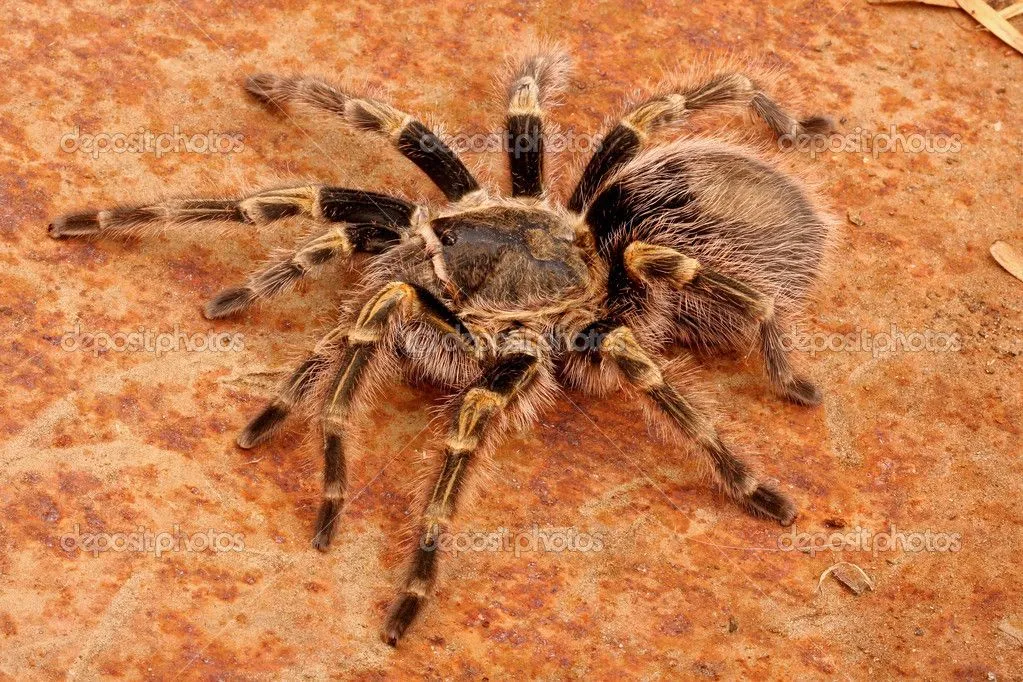The Venom of the Chaco Golden Knee Tarantula An Overview
The Chaco Golden Knee tarantula (Grammostola pulchra), a popular species among tarantula enthusiasts, is known for its docile temperament and striking appearance. While generally not aggressive, these arachnids possess venom, a complex cocktail of substances used primarily for subduing prey. Understanding the nature of this venom, its effects, and the necessary precautions is essential for anyone interacting with or simply fascinated by these creatures. Contrary to common misconceptions, tarantula venom is typically not lethal to humans, but it can cause a range of unpleasant symptoms. This article delves into the specifics of Chaco Golden Knee tarantula venom, exploring its composition, effects, and the measures to take in case of a bite, to help you be well informed.
Composition of Chaco Golden Knee Tarantula Venom
Tarantula venom is a complex mixture of various components, including proteins, peptides, enzymes, and other compounds. The exact composition can vary slightly depending on the tarantula’s age, diet, and environmental conditions. However, the primary constituents generally remain consistent. The venom’s complexity is what allows it to have multiple effects on its prey. The study of tarantula venom composition also provides insights into the evolutionary adaptations of these arachnids.
Proteins and Peptides
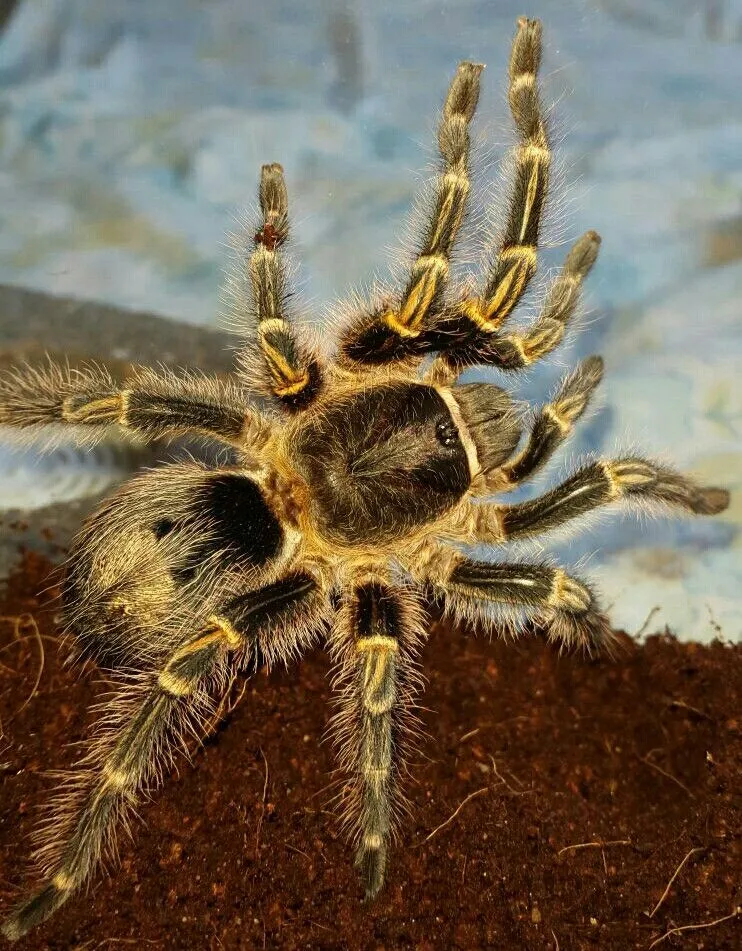
Proteins and peptides are the most abundant components in tarantula venom. These molecules are responsible for many of the venom’s effects, particularly affecting the nervous system. The proteins and peptides can disrupt ion channels, interfere with neurotransmitter release, and cause muscle paralysis. The specific types and concentrations of these proteins and peptides determine the potency and nature of the venom’s effects. Research on these components has opened avenues for potential applications in medicine, such as the development of new pain management drugs.
Enzymes and Other Components
Enzymes also play a crucial role in the venom, facilitating the breakdown of tissues and the spread of the venom through the body. Hyaluronidase, for example, is an enzyme that helps to increase the permeability of tissues, allowing the venom to diffuse more effectively. Other components, such as small molecule toxins, may also contribute to the overall effect. These components work together to incapacitate prey efficiently, enabling the tarantula to consume its meal. Further study in this area can also provide information for novel medical treatments.
Effects of Chaco Golden Knee Tarantula Venom
The effects of Chaco Golden Knee tarantula venom are typically localized, meaning the symptoms primarily affect the area around the bite. However, systemic effects, impacting the whole body, can sometimes occur. The severity of the effects can vary depending on factors such as the amount of venom injected and the individual’s sensitivity. Understanding the spectrum of potential effects is important for proper response and management.
Local Effects
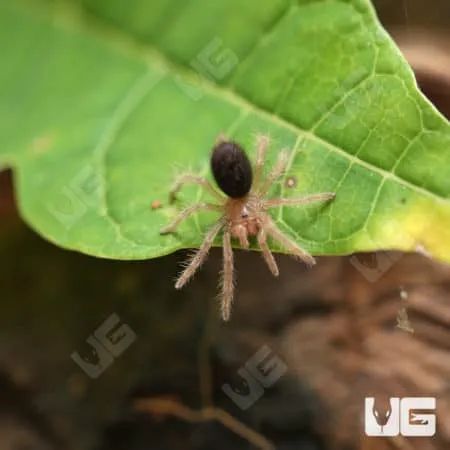
Local effects are the most common after a tarantula bite. These typically include immediate pain at the bite site, which can range from mild discomfort to sharp, stinging sensations. Redness, swelling, and itching are also frequently observed. In some cases, there may be a small amount of bleeding from the puncture wounds. These local symptoms usually subside within a few hours or days. Applying a cold compress and keeping the area clean can help to alleviate the discomfort and prevent secondary infections.
Systemic Effects
While less common, systemic effects can occur, particularly if a large amount of venom is injected, or the individual is sensitive to the venom. Systemic symptoms may include nausea, vomiting, muscle cramps, and, in rare cases, more severe reactions. If you experience systemic symptoms, it is important to seek medical attention. Proper medical care ensures that any potentially serious complications are promptly addressed. The severity of systemic reactions varies widely among individuals.
Severity Factors
Several factors can influence the severity of a tarantula bite. The amount of venom injected is a primary factor, with larger amounts generally leading to more pronounced effects. The location of the bite may also play a role, with bites near sensitive areas potentially causing more significant discomfort. An individual’s sensitivity to venom can also vary. Allergic reactions, while rare, can lead to more severe symptoms, such as difficulty breathing. Other factors include the tarantula’s size, the age of the tarantula, and the health condition of the person bitten. Seeking medical advice is recommended if you experience any symptoms after being bitten.
First Aid and Treatment for Chaco Golden Knee Tarantula Venom
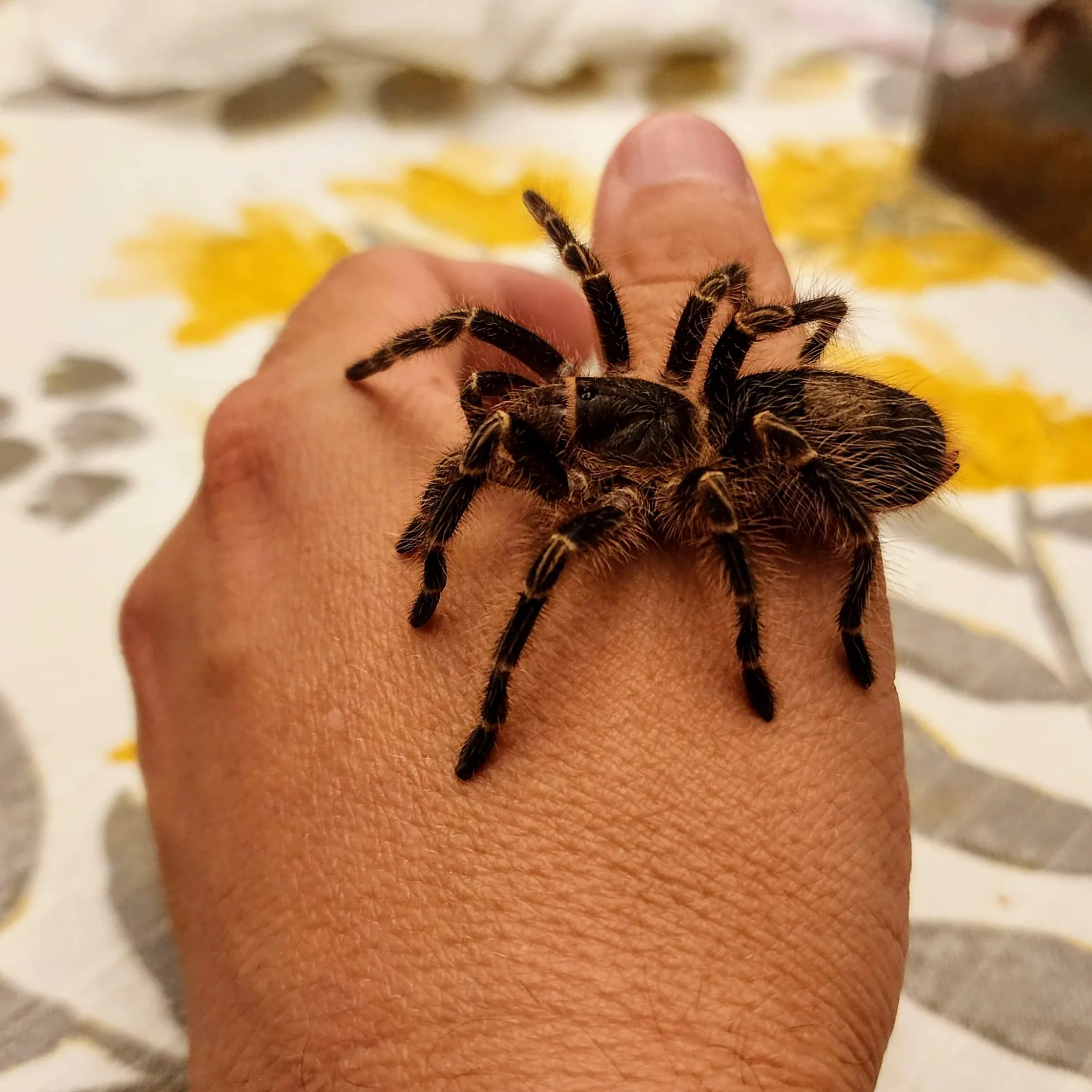
In the event of a Chaco Golden Knee tarantula bite, prompt and appropriate first aid is essential. The goal is to minimize the effects of the venom and provide comfort to the affected person. While tarantula venom is not typically life-threatening, proper care is important for a complete recovery. Knowing the basic steps of first aid and when to seek medical assistance can significantly impact the outcome.
Immediate Actions
The first step is to remain calm and reassure the person who has been bitten. Wash the bite area gently with soap and water. Apply a cold compress or ice pack to the bite site to reduce pain and swelling. Elevating the affected limb can also help minimize swelling. Monitor the person for any signs of a systemic reaction, such as difficulty breathing, dizziness, or widespread rash. If any of these symptoms occur, seek immediate medical attention. Document the time of the bite and any initial symptoms to provide this information to the medical team.
Medical Treatment
Medical treatment for a tarantula bite typically focuses on managing the symptoms. Pain relievers, such as ibuprofen or acetaminophen, can help alleviate discomfort. Antihistamines may be prescribed to reduce itching and swelling. In rare cases of severe allergic reactions, epinephrine may be administered. The healthcare provider will assess the severity of the reaction and provide appropriate treatment. The doctor may also administer a tetanus shot if the person’s immunization is not current, as a precaution. Follow the healthcare provider’s instructions carefully.
Preventive Measures to Avoid Venom Exposure
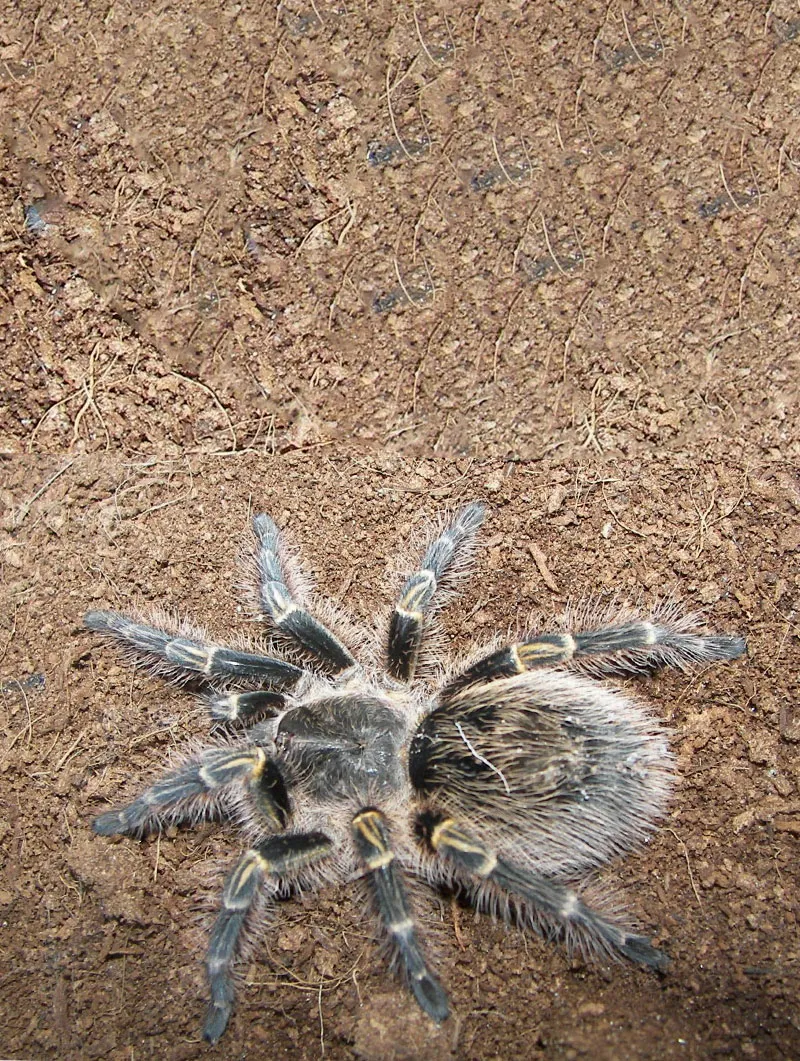
Preventing tarantula bites is the best approach, especially for those who work with or keep tarantulas. By taking appropriate precautions, you can minimize the risk of exposure to venom. Understanding the behavior of tarantulas and practicing safe handling techniques are crucial to your safety. These practices protect both the handler and the animal.
Safe Handling
Always handle tarantulas with care and respect. Wear appropriate protective gear, such as gloves, when handling tarantulas. Avoid sudden movements that could startle the tarantula. Never handle a tarantula if you are not familiar with its temperament or are unsure of the proper handling techniques. Handle the tarantula close to a soft surface, like a table or the ground, to minimize the risk of injury if it falls. Ensure the enclosure is secure and well-maintained to prevent escapes. Handle the tarantula only when necessary.
Habitat Awareness
If you are in an environment where tarantulas may be present, be aware of their potential presence. Avoid putting your hands or feet where you cannot see. When working outdoors, wear protective clothing, including long sleeves and pants. Be particularly cautious during the tarantula’s active periods, such as mating season. If you find a tarantula, observe it from a safe distance, and do not attempt to handle it unless you are properly trained and equipped. Proper habitat awareness reduces the likelihood of accidental contact.
Interesting Facts about Chaco Golden Knee Tarantulas
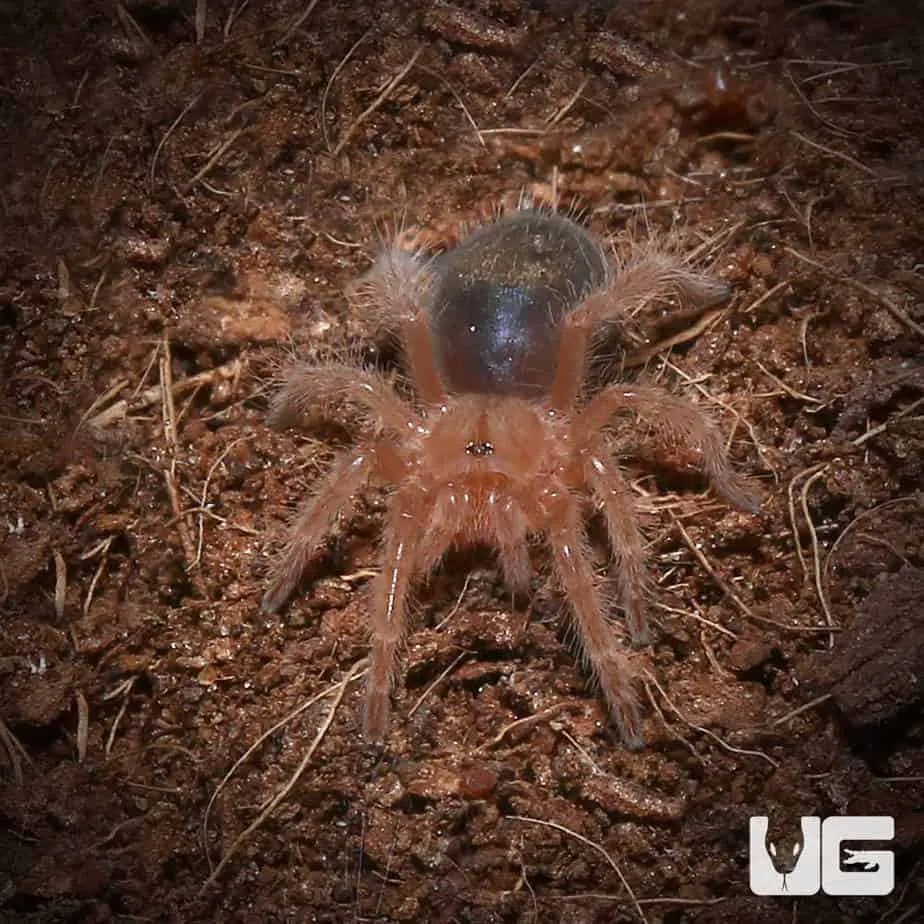
Beyond their venom, Chaco Golden Knee tarantulas have a fascinating biology and behavior. These creatures exhibit several intriguing traits. Understanding these aspects gives a greater appreciation for the species. They also reveal details about their defensive mechanisms and how they interact with their environment. Tarantulas make fascinating subjects for study.
Behavioral Traits and Defensive Mechanisms
Chaco Golden Knee tarantulas are generally docile, but when threatened, they employ various defensive mechanisms. One is the urticating hairs on their abdomen, which they flick off to irritate potential predators. They also might rear up and display their fangs, a warning display. If provoked, they might bite as a last resort. Understanding their behavior enables responsible interaction and helps to avoid unnecessary conflicts. They are also masters of camouflage. These behavioral adaptations are essential for survival in their natural habitat.
Venom Research and Its Benefits
Research into tarantula venom is a growing field with promising implications. The complex composition of venom has been found to have potential benefits for medical and scientific purposes. Studies on venom components could lead to the development of new drugs. It has the possibility of new pain management strategies, and in the design of insecticides. Continued research will deepen the understanding of tarantula venom and unlock more potential applications for medical and scientific advancements. It is a field of scientific study that is gaining more and more attention.
In conclusion, the venom of the Chaco Golden Knee tarantula is complex and fascinating. While bites are not typically life-threatening to humans, it is important to understand the venom’s composition, the potential effects, and the necessary first aid and preventive measures. By taking appropriate precautions, those who handle or encounter these tarantulas can minimize the risks and appreciate these amazing creatures. Further research promises to unlock even more insights into the complex world of tarantula venom.
